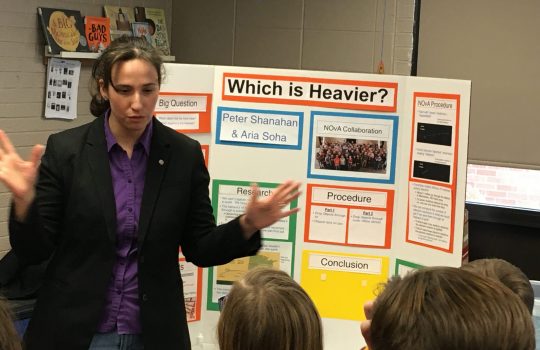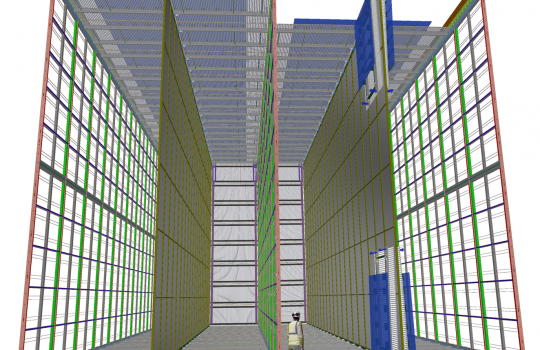Finding hidden neutrinos with MicroBooNE
Scientists of the Fermilab experiment MicroBooNE have published the results of a search for a type of hidden neutrino — much heavier than Standard Model neutrinos — that could be produced by Fermilab’s accelerators. These heavy neutrinos are expected to have longer travel times to the MicroBooNE detector than the ordinary neutrinos. This search is the first of its kind performed in a liquid-argon time projection chamber, a type of particle detector. MicroBooNE scientists have used their data to publish constraints on the existence of such heavy neutrinos.





